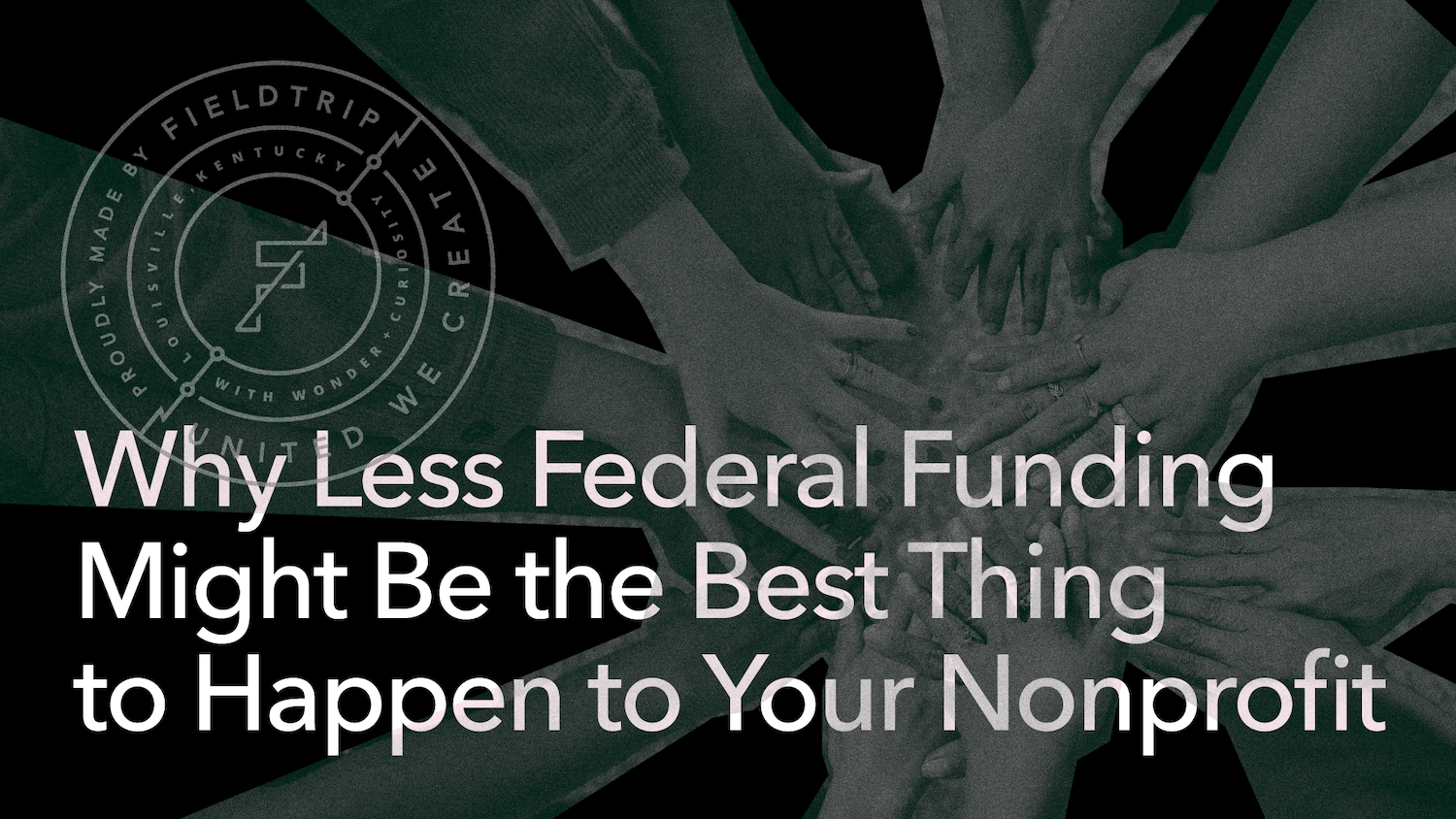Hello. I’m Jane Pfeiffer, founder and president of Fieldtrip. At Fieldtrip, we help nonprofits reduce their largest expense, it’s the expense caused by IDK’s. “IDK” stands for I don’t know you, I don’t know if this problem can be solved, I don’t know if you can help me, or that I should help you. And those IDK’s add up and create the cost of lost opportunities. So in nonprofits, we often hear about the need to tell stories. Storytelling shows up in almost every article and conversation about nonprofit marketing. But do we take it to the extent where it’s really making impact? Is it the story about one person and how they overcame, some you know, insurmountable obstacle? Now they’re in a better place. If it is that simple, then we need to talk, because you need to tell it by all means. Capture the stories and tell them, capture the photos and the emotion, but add alternative endings. What I mean by this is we typically take a story and put it out into the world without thinking that different audiences, different people need a different ending or a different version of that story.
So there’s a couple of things to think about as you look back and evaluate your story. This seems obvious, but first and foremost is opt in. Obviously, you’ve got the person’s permission to capture their story and to share it. But do they really understand that this permission is there now and forever, you know, the cute child of ten that went through an incredible position with them as a parent? Will they want to be on the Internet in that story when they’re older? So again, just double check on that and make sure that you understand the significance of participating in a testimonial and then intent. What is your intent and is it supported? Does it support the mission or does the mission need to be stated? Does it come across too subtle and you expect people to connect the dots? Or is it really clear how this story makes it clear what your organization provides and the good work.
Focus: we tend to focus on the middle part of the story because that’s the part we play. That’s where we meet someone that we can help. And after working together, they’re in a much better place. So of course we want to focus on the journey, but we’re not the hero of the story. What should be is not even the testimonial, but the story of how the world becomes a better place when we solve really tough social issues one person at a time. So focus on telling the story in the before and after. Not so much about the journey. Imagine working with a recovery center that allows moms to stay with their children. The before story might go like this. A woman, a mother recognizing that she put off getting support for her substance use disorder for three years because she just knew that getting help for herself meant that she might lose her children temporarily or possibly longer. And it was impossible to choose between being a mother and taking care of herself. But the after story is that she found a place where she didn’t have to make that tough decision, and that made all the difference in the world. And now she’s in a place where she understands that what her children needed most was a healthy mom and in a space that she could take care of herself and them. It’s not about how she got there, but it’s about the emotions and the context of the before and now. What happens as a result and then give the gift of choice in your stories. Change the ending depending on the reader. So if you were taking the same story and you’re talking to maybe a community group, lots of mothers, they’re going to really identify with the tough choice of caring for yourself or being a mother, and how incredibly difficult or impossible that decision would would be to make. If you’re talking to the board of directors, weave into the story the social services cost that was created by the three years where she thought recovery support wasn’t an option for her and what will be avoided in the future knowing that she now has a healthy whole family moving forward. If you’re talking to your staff, bear in mind the moment where she decided to come forward and ask for help – what prompted that? Or was there a specific point in her journey where a conversation or an activity or something just clicked for her and was a team member involved in that? Demonstrate how the smallest things, like the way you answer the phone or the way you greet someone, can make a huge difference to someone who’s trying to take that first step. And you could play out multiple endings based on who you’re talking to.
That customization is really important, and it’s important just as much as the version of the story, but where and how you tell the story. There might be one version for social media, another for presentation at the gala, and then yet another based on trying to get referral sources to understand the value of the work that you do. It’s tough work and nobody is out there asking for you to tell them a story. Right? That’s why we put off this work. It’s hard. Because there isn’t pressure, there’s not a tangible problem. Or like I said, that person asking us to tell them the story. But if you’re going to put in the effort, you need to go all in and make it hyperreal, even to the people who are reading or listening to your story and hyper relevant or appropriate for the context or the tactic in which you’re using to tell the story. Stories matter, especially ones that play to our audiences’ interest. Thanks for watching. Visit wearefieldtrip.com/nonprofit to see more videos.

